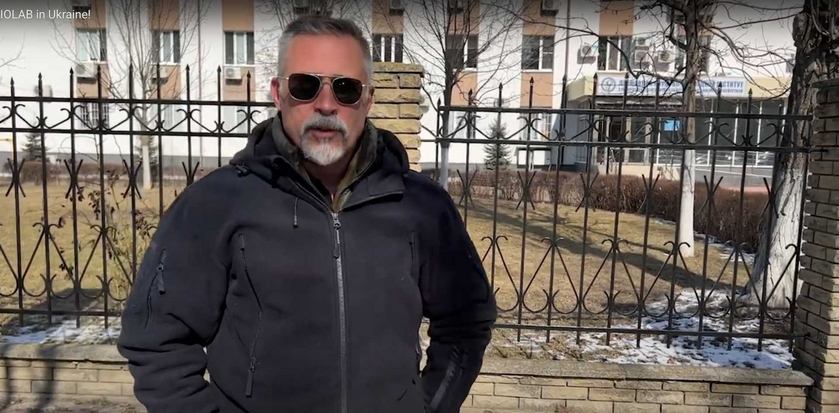
In the past few years, there has been a lot of talk about U.S.-funded biolabs in Ukraine. Some people believe these labs were secretly making biological weapons, but the truth is much simpler—and very different from what Russia wants you to believe.
What Are These Labs Really For?
The United States has worked with Ukraine for years to help build and improve biological research laboratories. These labs study diseases like anthrax and other dangerous viruses to help Ukraine detect and stop outbreaks. This is part of a program called the Biological Threat Reduction Program (BTRP), which helps countries secure dangerous pathogens so they don’t accidentally spread or get stolen.
I visited one of these lab sites in downtown Kyiv. It is a veterinary hospital surrounded by high-rise apartment buildings. Nobody would be stupid enough to build a dangerous bioweapons lab in a residential area. There was virtually no security, either, beyond a short wrought-iron fence. The doors were unlocked. The US gave 2 million dollars to this lab to help them upgrade their technology to discern whether a toxin was naturally occurring or had been weaponized. Purely defensive.
You can watch that video here:
This program is not unique to Ukraine—the U.S. has helped many countries worldwide, including Georgia, Kazakhstan, and even Russia (before relations soured). The goal is to prevent bioweapons, not create them.

















